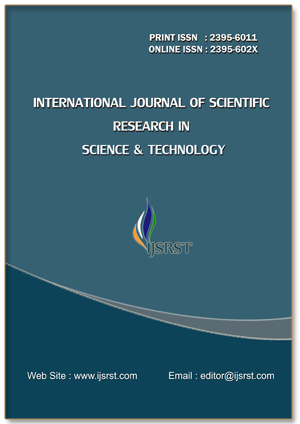Enhanced Bankruptcy Prediction Using Hybrid Machine Learning Techniques with Decision Tree Classifier on the Polish Dataset
Keywords:
Bankruptcy forecasting, Decision Tree, imbalanced dataset, monetary hazard control, characteristic importance evaluationAbstract
Bankruptcy forecasting is vital for monetary stability and threat management. This look at improves the accuracy of financial disaster prediction using Decision Tree techniques on an imbalanced Polish dataset. The dataset affords demanding situations normal in actual-world economic facts, along with magnificence imbalance and noisy capabilities. Our method applies Decision Tree, a easy yet effective system studying model, to address these demanding situations successfully. Experimental outcomes show extensive improvements in precision, bear in mind, and F1-rating metrics when as compared to conventional techniques. Insights received from feature importance analysis offer a deeper know-how of monetary signs that pressure financial disaster. This research contributes to the field by way of offering a sturdy framework the usage of Decision Tree that is adaptable to imbalanced datasets, offering realistic insights for monetary institutions to mitigate financial disaster risks efficaciously.
📊 Article Downloads
References
Altman, E. I. (1968). “Financial ratios, discriminant analysis and the prediction of corporate bankruptcy.” The Journal of Finance, 23(4), 589-609.
Beaver, W. H. (1966). “Financial ratios as predictors of failure”. Journal of Accounting Research, 4(1), 71-111.
Ohlson, J. A. (1980). “Financial ratios and the probabilistic prediction of bankruptcy”. Journal of Accounting Research, 18(1), 109-131.
Zmijewski, M. E. (1984). “Methodological issues related to the estimation of financial distress prediction models”. Journal of Accounting Research, 22(Supplement), 59-82.
Shumway, T. (2001). “Forecasting bankruptcy more accurately: A simple hazard model”. Journal of Business, 74(1), 101-124.
Keasey, K., & Watson, R. (1987). “The prediction of corporate failure: The state of the art”. Omega, 15(5), 425-442.
Groppelli, A. A., & Nikbakht, E. (2000). “Finance. Barron’s Educational Series”.
Taffler, R. J. (1982). “Forecasting company failure in the UK using discriminant analysis and financial ratio data”. Journal of the Royal Statistical Society. Series A (General), 145(1), 342-358.
Hillegeist, S. A., Keating, E. K., Cram, D. P., & Lundstedt, K. G. (2004). “Assessing the probability of bankruptcy”. Review of Accounting Studies, 9(1), 5-34.
Azizkhani, M., Shaverdi, M., & Rezaei, F. (2013). “A hybrid model for financial distress prediction based on data envelopment analysis, support vector machine, and logistic regression”. Expert Systems with Applications, 40(14), 5501-5510.
Cortez, P., & Morais, A. I. (2007). “Handling imbalanced datasets: A review. In Proceedings of the International Conference on Knowledge-Based Systems”, 2007 (pp. 606-613).
Downloads
Published
Issue
Section
License
Copyright (c) 2025 International Journal of Scientific Research in Science and Technology

This work is licensed under a Creative Commons Attribution 4.0 International License.
https://creativecommons.org/licenses/by/4.0




